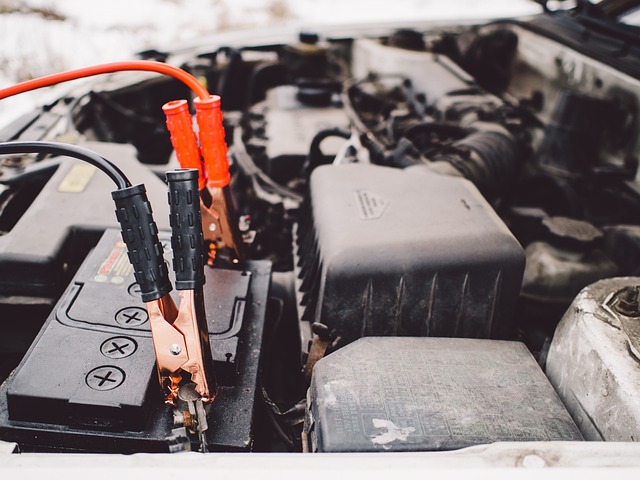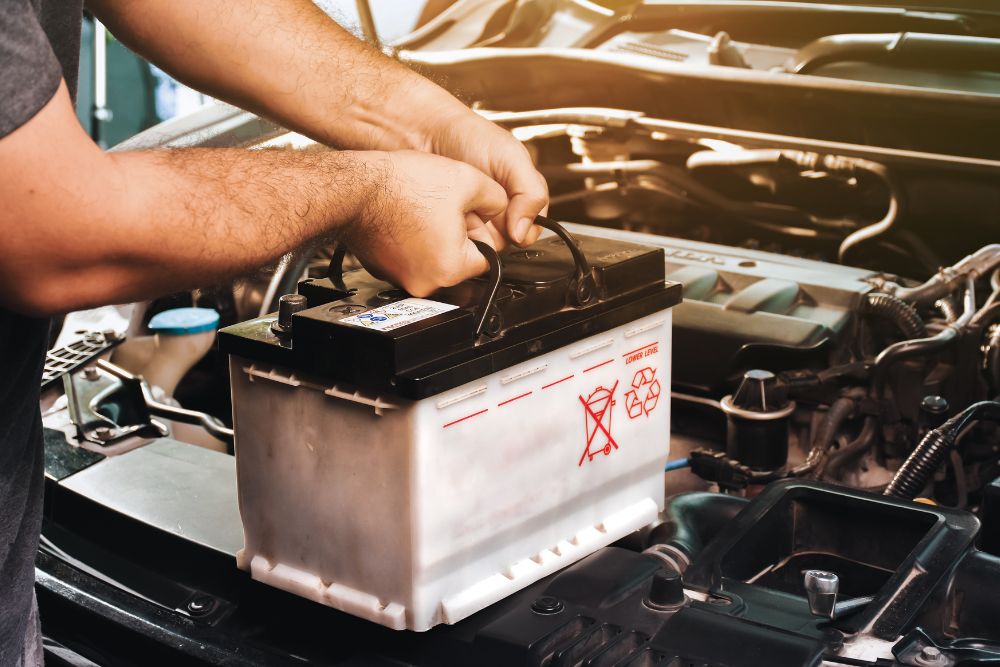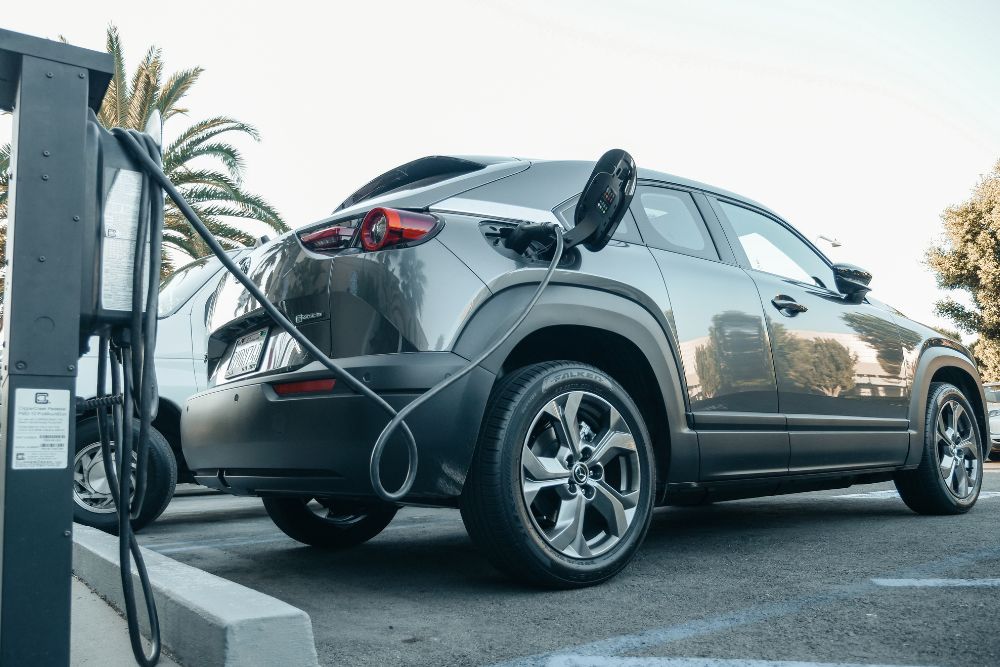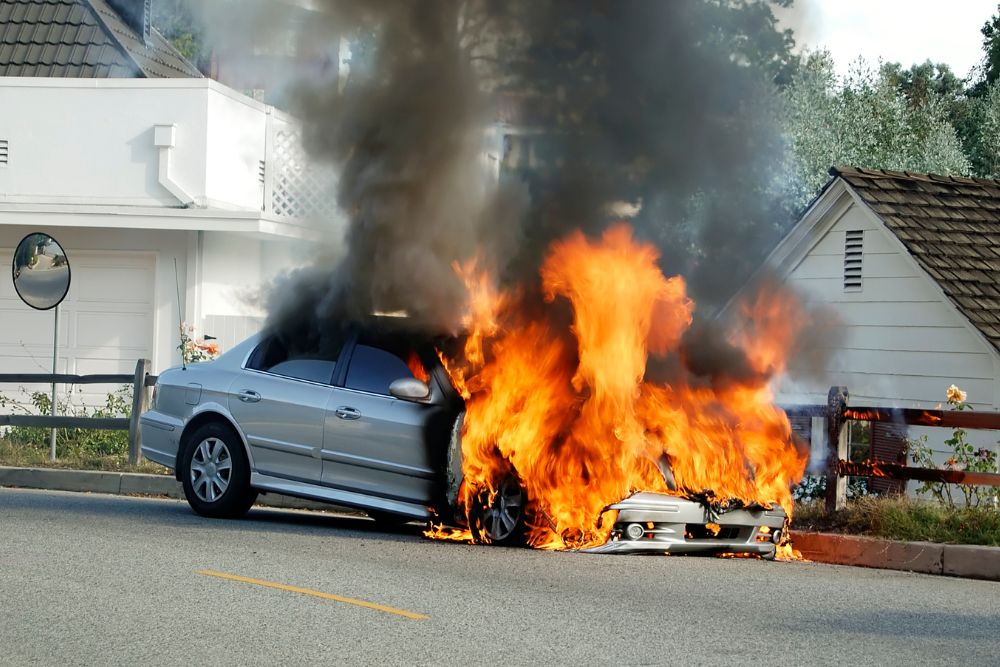Jump-starting your car can be a lifesaver when you’re stuck with a flat battery, but it’s not the end of the story. If done incorrectly or if follow-up care is ignored, jump-starting can lead to a range of electrical problems in your vehicle. In this article, we’ll break down how to prevent electrical issues after jump-starting your car, with tips and advice tailored specifically for New Zealand conditions and vehicle types commonly found here.
Steps to Take Immediately After Jump-Starting
Drive for at Least 20 Minutes
Once your vehicle is up and running again, it’s crucial to let the alternator recharge the battery properly. Drive for at least 20 to 30 minutes to allow the alternator time to deliver a sufficient charge to the battery. Simply letting the car idle won’t be as effective, especially if electronic accessories like the radio or air conditioning are turned on. A proper drive will help restore the battery’s charge, reducing the chances of another flat battery the next time you try to start the car.
Turn Off Unnecessary Electronics
Immediately after the jump-start, turn off electronics such as the air conditioning, stereo, lights, and heaters. These systems draw power that could otherwise go towards recharging the battery. Giving your battery the best chance to regain its charge quickly is vital for protecting sensitive electrical components and preventing further issues.
Checking and Monitoring the Battery
Inspect for Corrosion and Loose Connections
Before or after a jump-start, inspect the battery terminals for corrosion or loose connections. Corrosion can prevent the battery from getting a solid charge, while loose terminals may create intermittent connectivity, leading to sudden power losses or surges. Cleaning the terminals with a mixture of baking soda and water and tightening the clamps can make a big difference.
Test the Battery’s Health
While your car may have started, the battery could still be weak or on the verge of failure. Use a multimeter to check the battery voltage once the car is off. A healthy battery should read around 12.6 volts. If it reads significantly lower, the battery might need to be replaced. Many auto electricians in New Zealand, including Eurosparx, can perform a professional battery health check for better accuracy.
Watch for Repeated Flat Batteries
If your car frequently needs a jump-start, that is a clear sign something’s wrong—possibly a dying battery or an underlying electrical drain. Simply continuing to jump-start the vehicle each time won’t fix the issue and can lead to serious damage. It’s best to consult with an auto electrician to diagnose and resolve the root cause.
Safe Jump-Starting Techniques to Prevent Damage
Use the Correct Jump-Start Procedure
Always follow the recommended order when connecting jumper leads: positive to positive, negative to a ground on the dead car (not the battery), and the reverse order when disconnecting. Incorrectly connecting cables can trigger large voltage surges, potentially damaging the vehicle’s sensitive electronics such as onboard computers, radios, or navigation systems.
Invest in Quality Jump Leads
Cheap or worn jumper leads may not only be ineffective but can cause arcing or overheating that leads to electrical shorts. High-quality, insulated jumper cables with thick gauge wiring ensure a safe and efficient transfer of power. If you’re not confident, professional services like Eurosparx offer jump-start and fault-diagnosis services across the Auckland region and beyond.
Keep an Eye on Vehicle Electronics Post Jump-Start
Monitor the Dashboard for Warning Lights
After a jump-start, pay close attention to any new warning lights on your dash, especially the check engine light, battery light, or any error messages. These could indicate that your vehicle’s electronic control unit (ECU) registered a fault during the jump-start, or that something wasn’t reset correctly. Make a note of the warning and seek advice from an auto electrician as soon as possible.
Check Secondary Electronic Systems
Sometimes non-critical systems like infotainment units, power windows, or automatic clocks may reset or behave erratically after a jump-start. In most cases, these can be resolved by resetting the system manually or with a diagnostic scan tool. Persistent issues, however, may hint at deeper electrical disturbances and should be checked by a professional.
Preventing Future Electrical Problems
Regular Battery Maintenance
Make checking your battery and terminals a regular part of your vehicle maintenance routine. In New Zealand conditions, especially with our mix of rural and urban driving, batteries can deteriorate faster due to frequent short trips or climate fluctuations. Periodic maintenance prevents premature problems and extends battery life.
Address Parasitic Battery Drains
Parasitic drains happen when electronic devices in the vehicle continue drawing power even after the car has been turned off. Common culprits include dash cams, GPS units, and aftermarket stereo systems. A qualified auto electrician can perform a parasitic draw test to locate and fix the source of the problem before the battery is permanently affected.
Install a Battery Monitor or Isolator
Consider installing a voltage monitor or battery isolator, especially if your vehicle has multiple accessories or is used frequently off-road or for camping. These systems prevent your main starting battery from being drained by auxiliary systems, keeping your vehicle ready to start when you need it most. These systems are particularly useful in the New Zealand context, where vehicles are often used for outdoor activities requiring AC/DC accessories.
Understanding Electrical System Vulnerability Post Jump Start
Sensitive Electronics at Risk
Modern vehicles include dozens of sensitive electronic modules, and even a slight surge from an incorrect jump-start can interrupt their function or even damage them. Control units for the airbags, anti-lock braking system (ABS), and transmission are especially sensitive to voltage spikes.
Potential for ECU or Module Reset
The engine control unit and other computer modules may reset or misbehave post jump-start, particularly if voltage levels become unstable. While some vehicles will recalibrate over time, others may require a manual reset using a professional scan tool. Eurosparx offers specialised ECU diagnostics to address these issues reliably.
Fuses and Relays May Blow
Another post jump-start issue can be blown fuses or malfunctioning relays, especially if the jump was done in haste or with poor-quality cables. Symptoms can range from simple things like power windows not working to more serious problems like the car not starting again. Finding and replacing blown fuses yourself isn’t always easy, and professional help may be required for proper diagnosis and repair.
How the New Zealand Climate Affects Battery Performance
Cold and Wet Conditions
New Zealand’s winter months, especially in the South Island or higher elevations, can be tough on batteries. Cold conditions slow down chemical reactions in batteries, reducing their performance. Batteries that are already weak can fail completely under these conditions, requiring a jump-start and increasing the risk of post-start electrical issues. Getting your battery tested before winter sets in can prevent unexpected failures.
High Humidity and Corrosion
New Zealand’s coastal climate means higher humidity levels, which can lead to corrosion around battery terminals and electrical connectors. Corrosion increases electrical resistance, making it harder for the starter motor to do its job and can lead to damage during a jump-start due to arching or heat. Regularly cleaning terminals and using corrosion-resistant sprays can help keep the system healthy.
Need Help Preventing Electrical Issues in Your Car?
Taking the right steps after jump-starting your vehicle can save you from a host of electrical headaches down the road. From monitoring battery health to checking for electronic faults, preventative care is key.
As expert auto electricians in New Zealand, Eurosparx can help diagnose, repair, or prevent electrical problems after a jump-start. Whether you need a battery test, ECU scan, or professional assistance, call us today on 09 218 7789 to keep your car running smoothly and reliably.











